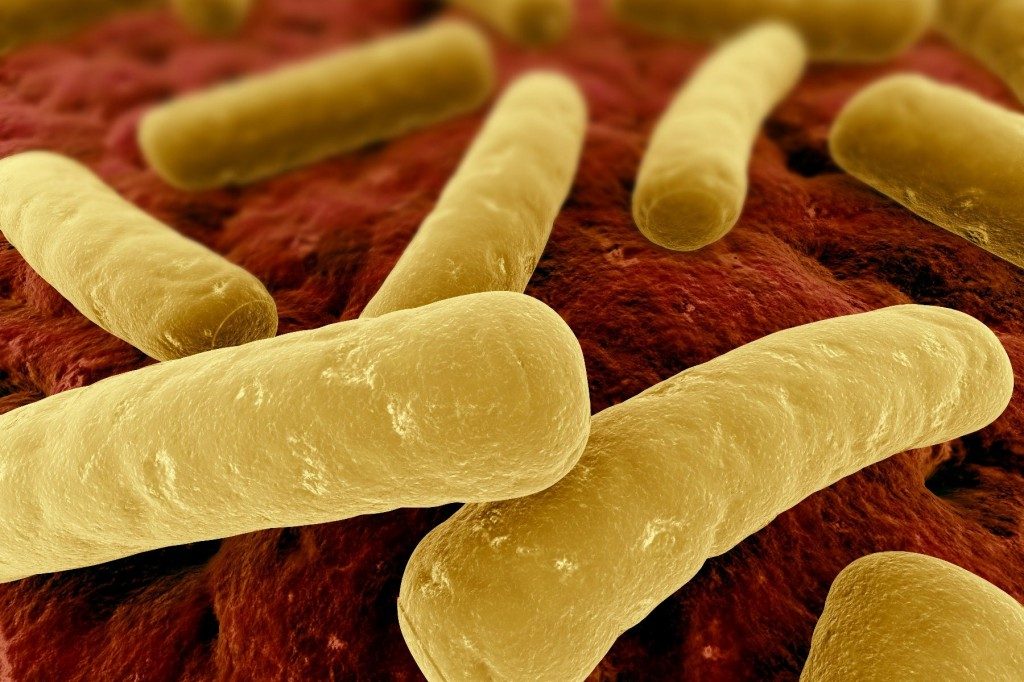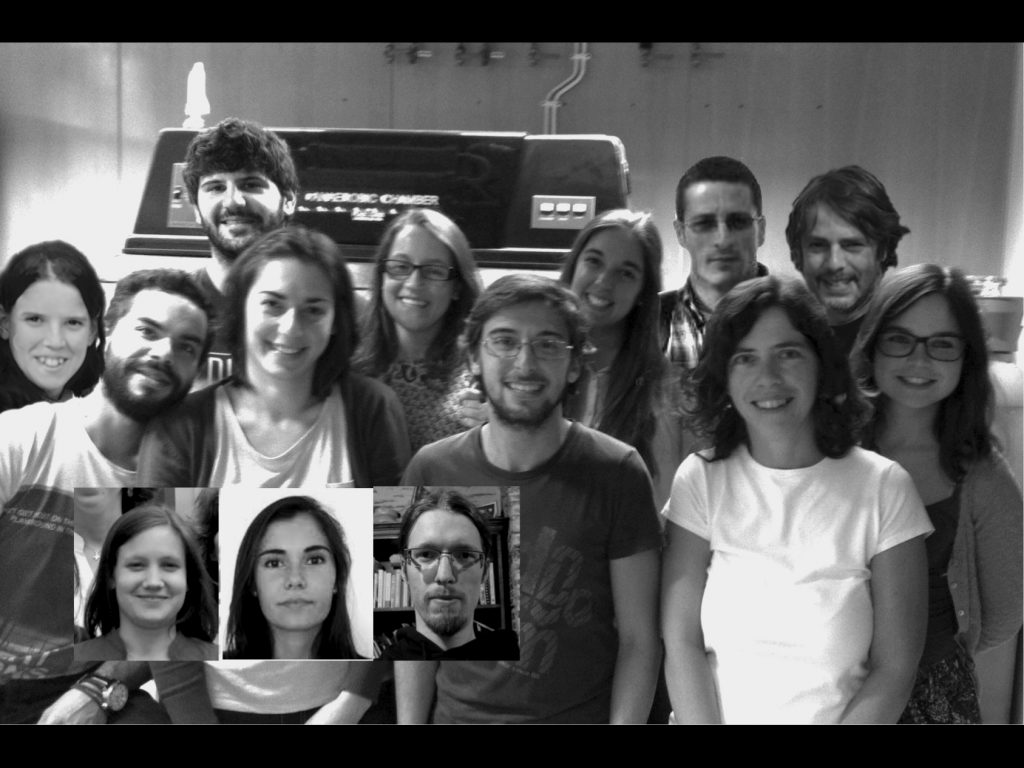 If we already know what makes us have neurons, white blood cells or epidermis, despite all these cells having exactly the same genes, in bacteria these mechanisms are still poorly understood. Understanding how bacterial spore formation works is essential to know how they can then return to active form and trigger infections.
If we already know what makes us have neurons, white blood cells or epidermis, despite all these cells having exactly the same genes, in bacteria these mechanisms are still poorly understood. Understanding how bacterial spore formation works is essential to know how they can then return to active form and trigger infections.
Researchers from the António Xavier Institute of Chemical and Biological Technology, ITQB NOVA, published in the prestigious scientific journal PLoS Genetics the intricate mechanism responsible for the final form of spores in pathogenic bacteria Clostridium difficile.
O Clostridium difficile ( It's hard) is a bacterium that persists in hospital infections. It causes an intestinal syndrome, whose symptoms can range from simple diarrhea to potentially deadly complications.
They have the ability to spread and persist in a hospital environment thanks to their ability to form spores that resist air and disinfectants. As they do not respond to most available antibiotics, it is urgent to find ways to contain the spread of the spores and develop new therapies.
Sporulation involves the formation of a pre-spore inside a mother cell; the pre-spore will be a “condensate” of bacteria, with the essential elements for its growth when it finds favorable conditions. Contains the genome and some essential proteins. The mother cell that contains it has the same genome and all the normal contents of a bacterial cell.
During the spore formation process, hundreds of genes are needed so that everything runs with the rigor and precision necessary to guarantee the spore's survival. Nothing is left to chance, and how each gene is put to work at each time is critical.
It was known that a protein, called sigmaK, is responsible for the formation of the outer spore layer, and the spore surface is important for the infection. What researchers in the group of researcher Adriano Henriques have now realized is that the mechanism that controls sigmaK is much more complicated than previously thought.
Researcher Mónica Serrano has spent the last few months trying to answer the question of which proteins regulate genes, in what way and at what time. The results now published in PLoS Genetics they reveal an intricate watchmaker's mechanism, very precisely controlled. Activation of sigmaK it requires the excision of a sequence that interrupts the gene, through the action of a recombinase-like protein.
The recombinase activity is controlled by another additional protein, and together they determine the exact time of activation of the sigmaK. Altering this temporal control results in drastic defects in the spore surface structure. With the unraveling of the molecular mechanism, they also realized that the recombinase has the ability to remove, insert and reverse bacterial genes, which opens up new possibilities for genetic engineering in vivo e vitro.
“One of the most exciting aspects of the work is that while controlling the excision of the sequence that interrupts the gene sigmaK is essential for correct spore surface formation, in turn important for spore interaction with host cells during infection, we now know that in some epidemic strains the gene sigmaK is not interrupted. These strains are predicted to have found a way by manipulating the protein's activation time. SigmaK, to generate a spore with an altered surface, which in certain circumstances can represent a way of “hiding” what would be a normal host spore, thus facilitating the infection”, explains Adriano Henriques.

Article reference:
PLoS Genet 12(9): e1006312. doi:10.1371/journal.pgen.1006312
The Recombination Directionality Factor Controls the Cell Type-Specific Activation of σK and the Fidelity of Spore Development in Clostridium difficile
Mónica Serrano, Nicolas Kint, Fátima C. Pereira, Laure Saujet, Pierre Boudry,
Bruno Dupuy, Adriano O. Henriques, Isabelle Martin-Verstraete
About the laboratory and researchers
Adriano Henriques is coordinator of the Microbial Development Laboratory at ITQB NOVA. This laboratory has studied the mechanisms of bacterial spores formation, which play a fundamental role in the persistence of bacteria in the environment and in the recurrence and transmission of diseases, including pathogenic bacteria. It's hard. The group has focused on mounting spore surfaces.
Mónica Serrano has been a FCT Researcher since 2014, and has developed her work at the Microbial Development Laboratory. She is co-ordinator of the ONEIDA project, for the prevention and control of bacterial infections in Portuguese hospitals, which has just been approved with funding of 2,5 million euros for the next three years.


















Comments